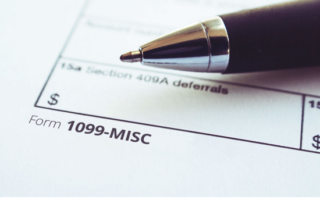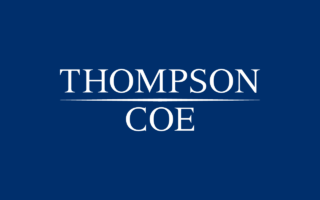Picking and Choosing: Getting On, or Staying Off a Jury Panel: How Cortez v. HCCI- San Antonio Impac
Oct 15, 2005
Everyone has had it happen! There is that one juror who is a perfect 10. He or she is articulate, intelligent, educated and sure to be the jury foreman who will lead the jury to see your side of the case. Suddenly your “perfect 10” announces “I’ve got preconceived notions about this case, I would feel bias.” Your heart sinks as your perfect 10 melts into a fat zero, who will be struck for cause. You slink to the bench to argue your challenges for cause, as opposing counsel announces, “Judge you must strike Juror X because he said he can’t be fair and you can’t rehabilitate him.” Sneakily, you pull the Cortez case out of your back pocket and begin your rehabilitation. Cortez v. HCCI-San Antonio, Inc.; 2005 WL 563122 (Tex. Sup. Ct.).
Trial lore teaches that a juror cannot be rehabilitated; after all, there were mountains of cases saying that once a bias or prejudice is established, a juror is disqualified even if he later says it can be disregarded and will not affect his decision. Carpenter v. Wyatt Construction Co., 501 S.W.2d 748 (Tex. App. 1973, writ ref’d n.r.e.); Ervin v. Consolvo, 521 S.W.2d 643 (Tex. App. 1975 ref’d n.r.e.). In Cortez v. HCCI-San Antonio, the Texas Supreme Court turned trial lore on its ears by concluding that “the length and effect of efforts to rehabilitate veniremembers are governed by the same rules that apply to all of voir dire.” This is somewhat comical given that the Rules of Civil Procedure contain no rule on voir dire.
Fortunately, the Cortez case provides a refresher course for striking a panel member for cause and an idea of what type of bias must be shown. Most importantly, the case affirmatively answers the question of whether you can rehabilitate a venireman.
In order to preserve error when challenge for cause is denied, the party must:
- use the peremptory challenge against the panel member;
- exhaust all remaining challenges; and
- notify the trial court that a specific objectionable veniremember will remain on the jury list.
This is similar to the criminal standard where you must 1) strike the veniremember, 2) exhaust your peremptory strikes, 3) request additional strikes, and if refused, 4) identify the objectionable juror remaining on the panel.
But what is bias? Voir dire examination is within the sound discretion of the trial judge. Ostensibly, because he or she is actually present during voir dire, the trial judge is in a better position to evaluate the juror’s sincerity and his capacity for fairness and impartiality. Cortez, pg. 5. In Cortez, the court announced that challenges for cause do not turn on the use of magic words – just because a juror confesses bias they are not disqualified … so long as the rest of the record shows that this is not the case; in other words, as long as you rehabilitate them.
Equivocal bias is not grounds for disqualification. The court noted that many potential jurors have some sort of life experience that might impact their view of a case. The law does not ask them to leave their knowledge and experience behind but only to approach the evidence with an impartial and open mind. Id. at 5. The court went further to state that bias must be something more than mere skepticism, although not necessarily an unshakeable conviction. How does this apply in the real world?
In Cortez, the court concluded that a venireman who testified that he handled auto claims as an insurance adjuster had seen lawsuit abuse many times, and would have preconceived notions that the defendant was starting out ahead, was properly rehabilitated when he stated, “But I mean, I can’t answer anything for certain” and he was “willing to try” to listen to the case and decide it on the law and evidence. So with a little work, that fat zero might just be rehabilitated into the perfect 10 that you were looking for when you started.







